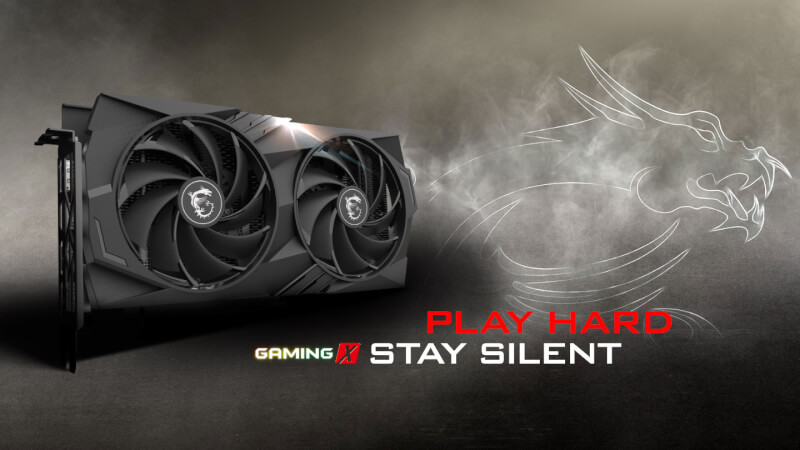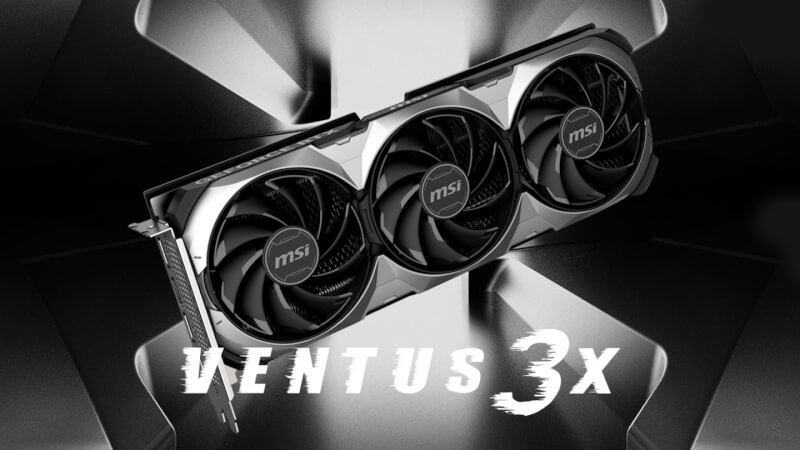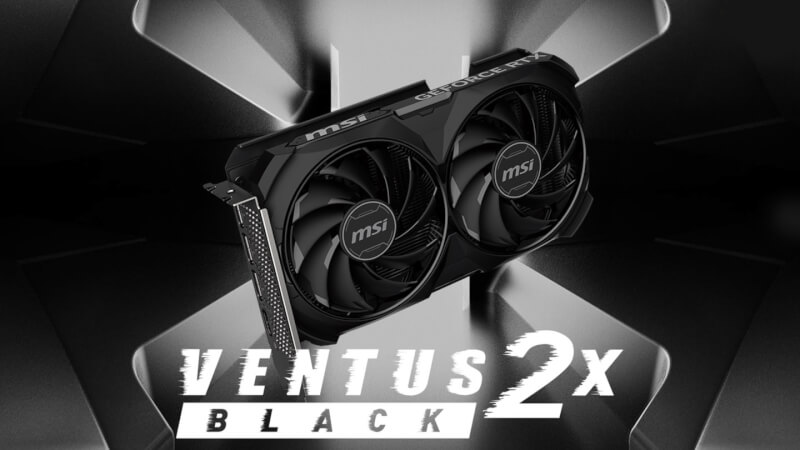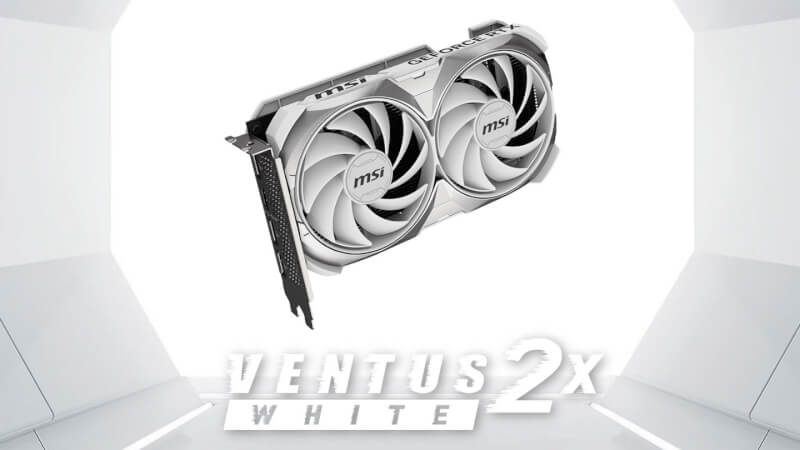A look at the MSI RTX 4060 family
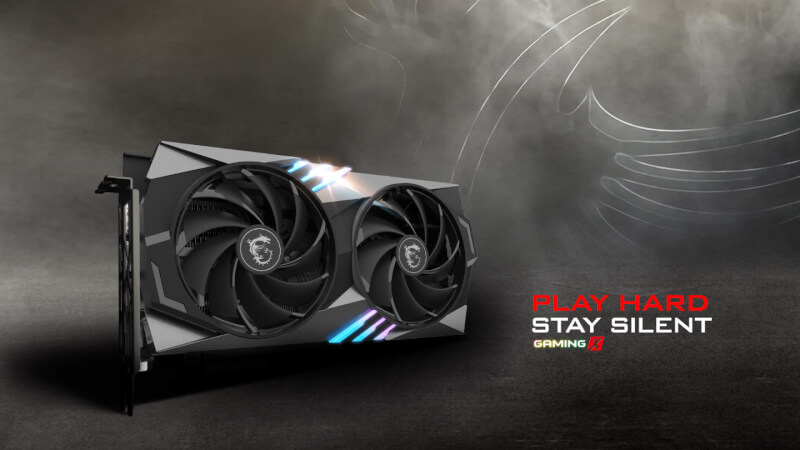
SPONSORED ARTICLE: This article is made in collaboration with MSI
At the same time, we will also look at the new Nvidia RTX 4060 16GB card, which has just been launched as the most affordable offer in the new RTX series from Nvidia.
The development over the generations
As consumers, we naturally expect continuous development and improvement of the products we buy. This of course also applies to graphics cards, and fortunately, new technologies and techniques are continuously being introduced, which means that over time the cards become better and more efficient in providing us with good gaming experiences.
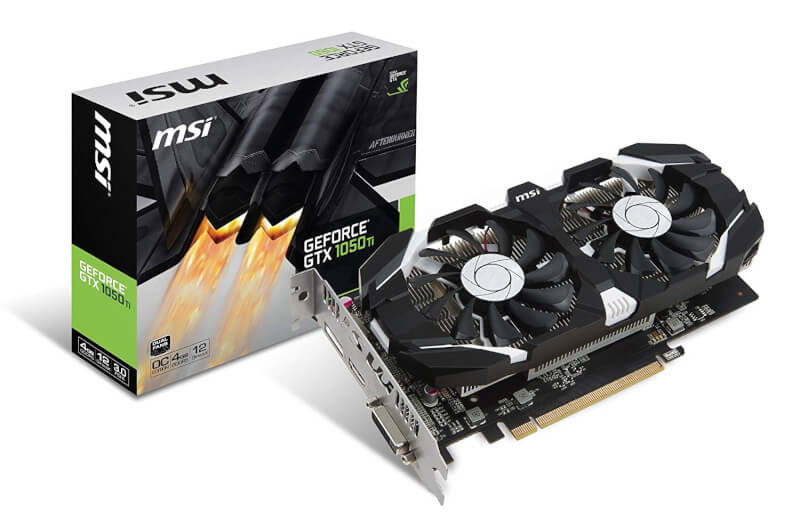
With the RTX 20 series, Nvidia also launched their first push on Ray Tracing technology. It was one of the first major steps in the further development of graphics in PC games, away from the traditional rasterization method of rendering graphics, which had been the standard for many years.
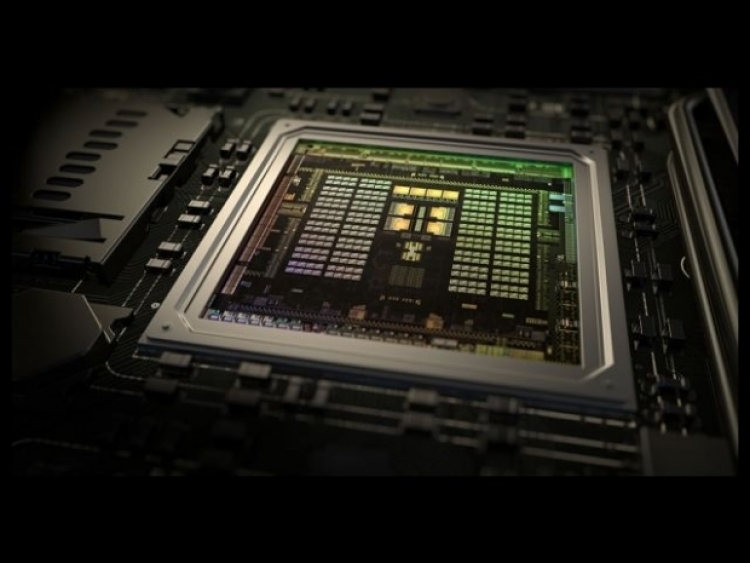
With Ray Tracking, you can simulate light and shadows much more realistically, and thus provide a nicer and perhaps more captivating gaming experience. It was made possible with the addition of new RT and Tensor Cores on the new GPU chips from Nvidia. These new GPU cores were added to handle the new Ray Tracing technology. These were parts of the GPU chip, which were not part of the GTX 10 series from Nvidia, and therefore the cards were very limited when it came to Ray Tracing.
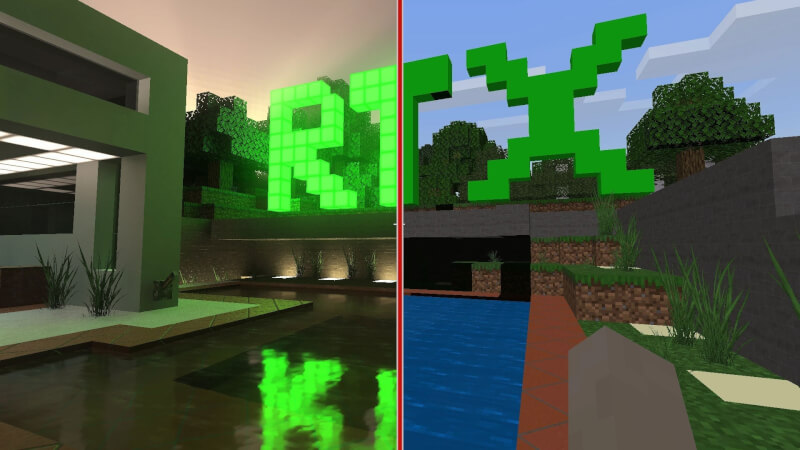
In retrospect, the initial launch of Ray Tracing was perhaps a little disappointing. It was a very demanding technology and only a few games supported it. This meant that there was very little real benefit to Ray Tracing during the early generations. It was only even more obvious if you didn't have the high end cards. So Ray Tracing on e.g. an RTX 2060 card was largely unplayable in the first generation.
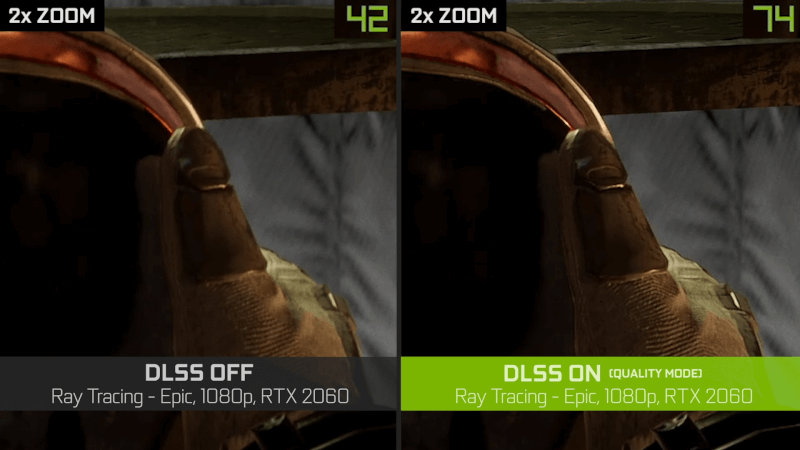
Fortunately, however, development continued with the later launches. Partly Nvidia had improved their Tensor and RT cores, but the work on software since had also developed. This meant that more games had been added that supported Ray Tracing, but also a clear improvement to Nvidia's DLSS, or Deep Learning Super Sampling, which also came with Ray Tracing pushed.
The technologies that are part of DLSS are evolving, and the latest step is DLSS 3.5, which Nvidia has just announced. Here, all previous technologies, such as Super Resolution, Deep Learning Anti-Aliasing, Frame Generation and Ray Reconstruction, are brought together under a single umbrella to optimally improve the performance of the supported games.
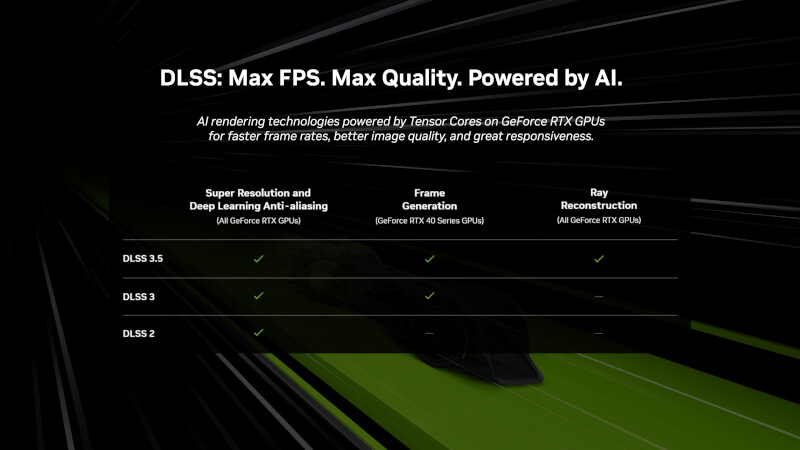
This means that with the 40 series of graphics cards you start to be able to benefit from technologies such as Ray Tracing even on mid tier graphics cards such as the RTX 4060.
RTX 4060 - The economical choice in the latest generation
If you would like to participate in the latest generation from Nvidia, on a smaller budget, then the RTX 4060 family is currently the best offer.
As part of the latest RTX 40 series from Nvidia, the RTX 4060 card gets access to the latest DLSS technologies. This means that on that front you will be better secured for the future than the previous generations.
Frame Generation, which is part of DLSS from Nvidia, is still only available for cards in the 40 series, and will therefore not be an option for RTX 30 or 20 series graphics cards.
So if you want to take advantage of the entire package of possibilities, with the latest version of Nvidia's DLSS, then there is no way around the RTX 40 series.
At the same time, you also get part of the latest Ada Lovelace GPU chip, which is produced on TCMS' 5nm process. It is an upgrade over the previous Ampere and Turing processes, of 8nm and 12nm respectively, which were used on the RTX 30 and 20 series.
All that is gathered in one of the most compact cards, in the new RTX 40 series of graphics cards. This means that you can fit it in most systems without worrying about space.
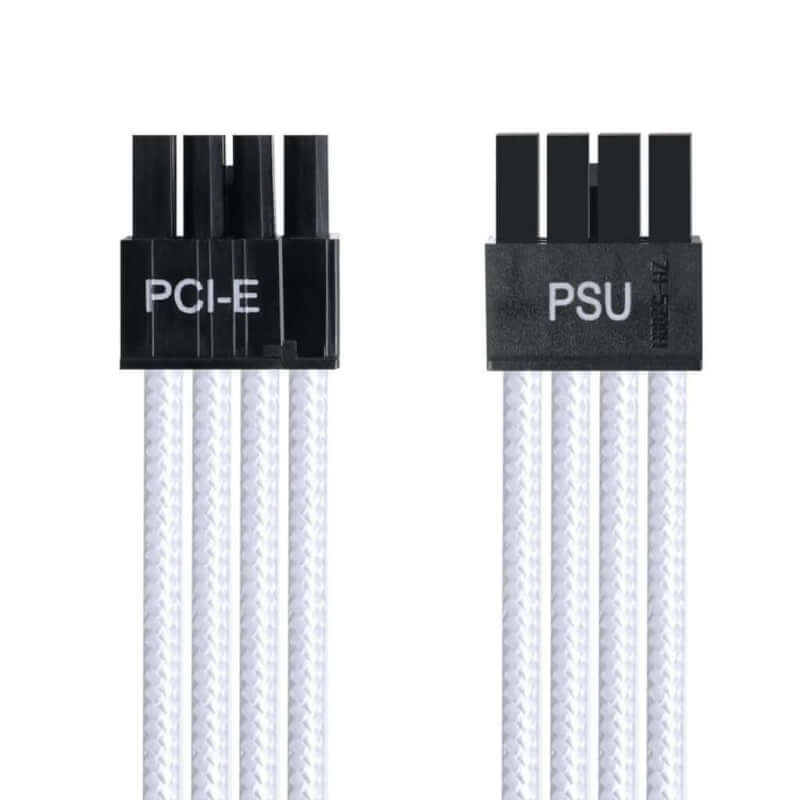
At the same time, the RTX 4060 cards are also equipped with only a standard PCIe 8-pin connector for power. This means that it is easy to connect and you do not need a cable adapter, as for the other cards in the RTX 40 series, which come with the new 12VHPWR connector.
The recommended size of your power supply is with the RTX 4060 cards from MSI at 550W. This means that most, even slightly older systems, can be included without the need to upgrade anything else in your PC.
Overall, this means that the RTX 4060 cards are some of the easiest in the new generation from Nvidia to get started with, as an upgrade to a perhaps older system that needs a new power boost.
The selction from MSI
MSI has a selection of different cards in the 4060 series, which are distributed over their Gaming and Ventus series of graphics cards.
MSI RTX 4060 Gaming X
If it needs to be even more compact, the Gaming X cards in the RTX 4060 series from MSI can be the way forward. Here you get an even smaller profile, which can be used in places where there is more competition for space.
The design is the well-known and stylish MSI Gaming X design, but here kept in all black, and of course with MSI's Mystic Lighting RGB lighting.
Despite the smaller size, there is still a focus on cooling. The Twin Frozr 9 design ensures that two Torx 5.0 fans together with a copper base plate, heat pipes and a solid cooling profile can still keep the card cool.
It may well be that the card is smaller in size, but MSI has done their best to ensure that the performance does not suffer for that reason.
See MSI RTX 4060 Gaming X at ebuyer.com here.
MSI RTX 4060 Ventus 3X
If you have room for a larger graphics card and would like to give the cooling a boost with a triple fan setup, the Ventus series is a good bet. With the Ventus 3X card, you get a solid triple fan cooling solution.
Here, it is three Torx 4.0 fans that, together with a copper base plate, keep the card cool under load.
The design is kept in black and silver and still with a compact form factor for a card in Nvidia's RTX 40 series.
MSI RTX 4060 Ventus 2X Black
If it needs to be small and super discreet, the Ventus Black cards are the way forward. These are the most price-conscious cards in the 4060 series from MSI.
However, the cooling is still powered by two Torx 4.0 fans and a solid cooling profile that ensures that the card is kept cool and quiet during use.
A muted black design with a stylish metal backplate makes a good choice for those looking for a graphics card without too much bling.
MSI RTX 4060 Ventus 2X White
If you are looking for a white card in the RTX 4060 series, the Ventus 2X series is also available in a nice white version. Same deliciously muted design and solid Torx 4.0 fans, now just tailored for white systems.
With the RTX 4060 cards from MSI, there is a wide selection of cards available with a good range in both design, performance and price.
Read much more about the RTX 4060 graphics cards from MSI on their website right here.
Read our reviews of MSI graphics cards right here.
This article is sponsored by MSI.
Latest graphics card
-
29 Aprgraphics card
-
17 Aprgraphics card
NVIDIA launches RTX A400 and A1000
-
03 Aprgraphics card
These graphics cards are the most popular
-
03 Aprgraphics card
Intel ARC Battlemage GPU Details
-
02 Aprgraphics card
Increased demand for Nvidia's graphics cards in Ch
-
25 Margraphics card
MSI RTX 4060Ti Gaming X Trio
-
21 Margraphics card
Intel improves performance with new GPU Driver
-
19 Margraphics card
Nvidia launches their latest Blackwell AI Chip
Most read graphics card
Latest graphics card
-
29 Aprgraphics card
Has AMD canceled the Radeon RX 8900 XTX?
-
17 Aprgraphics card
NVIDIA launches RTX A400 and A1000
-
03 Aprgraphics card
These graphics cards are the most popular
-
03 Aprgraphics card
Intel ARC Battlemage GPU Details
-
02 Aprgraphics card
Increased demand for Nvidia's graphics cards in Ch
-
25 Margraphics card
MSI RTX 4060Ti Gaming X Trio
-
21 Margraphics card
Intel improves performance with new GPU Driver
-
19 Margraphics card
Nvidia launches their latest Blackwell AI Chip

